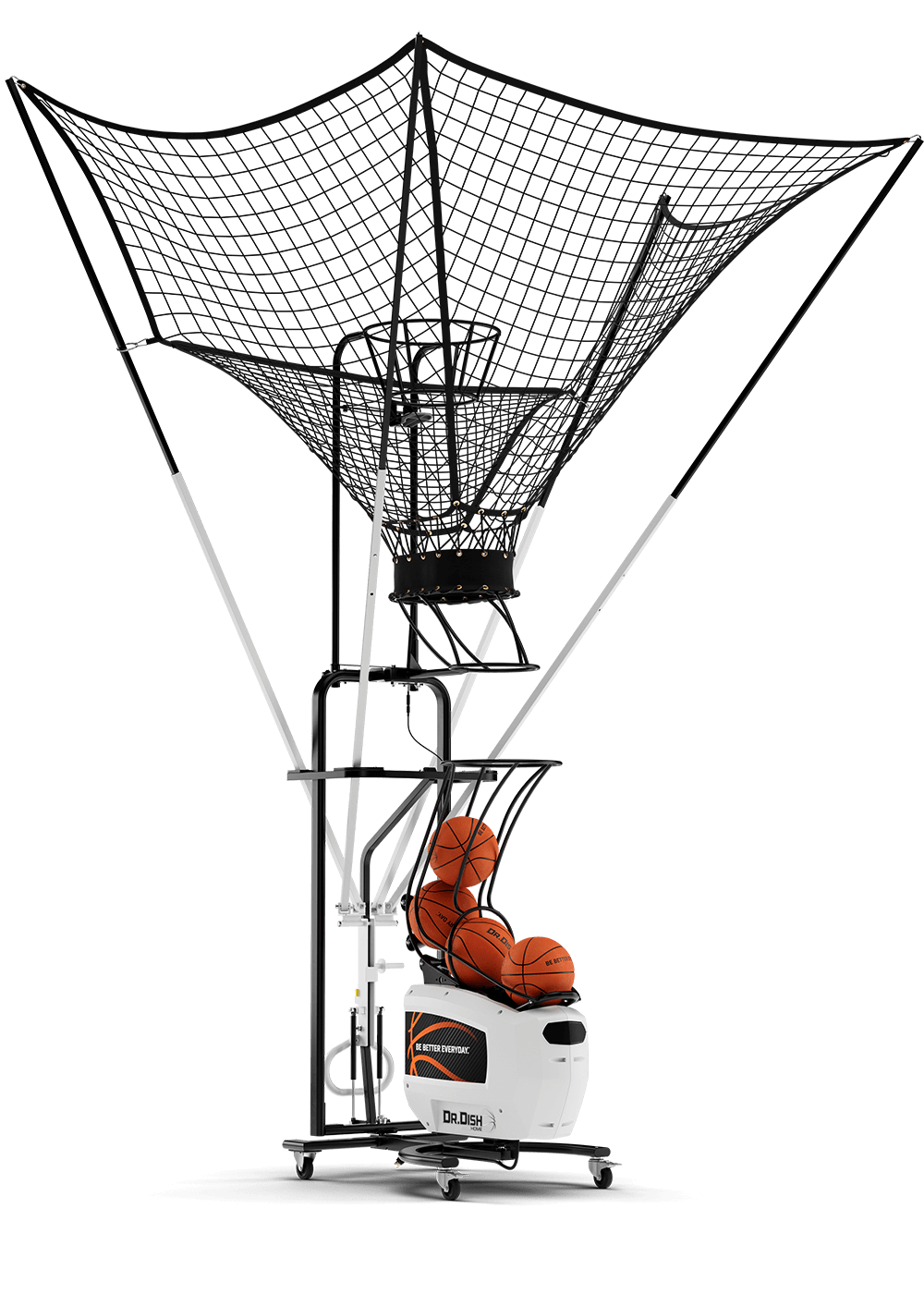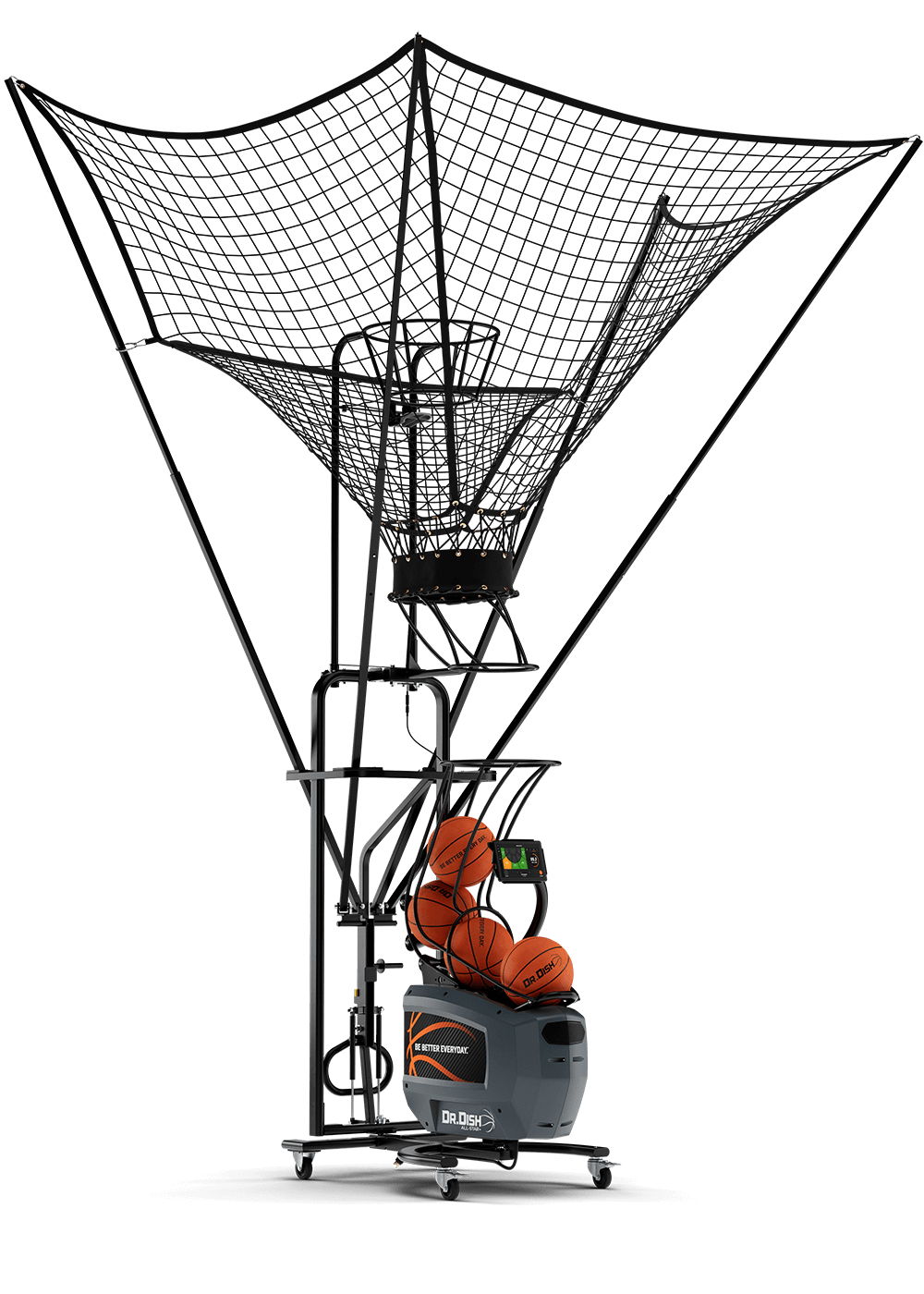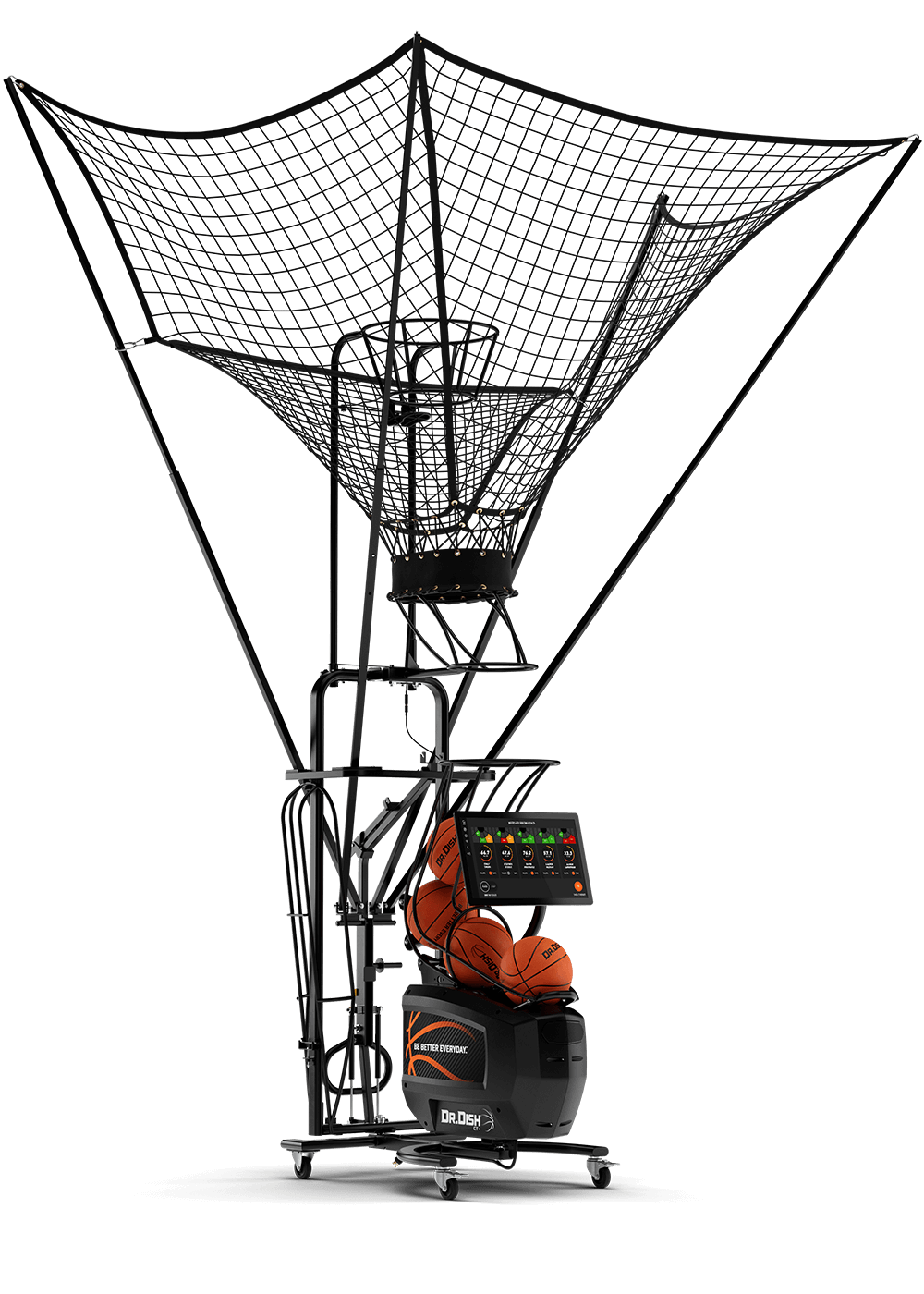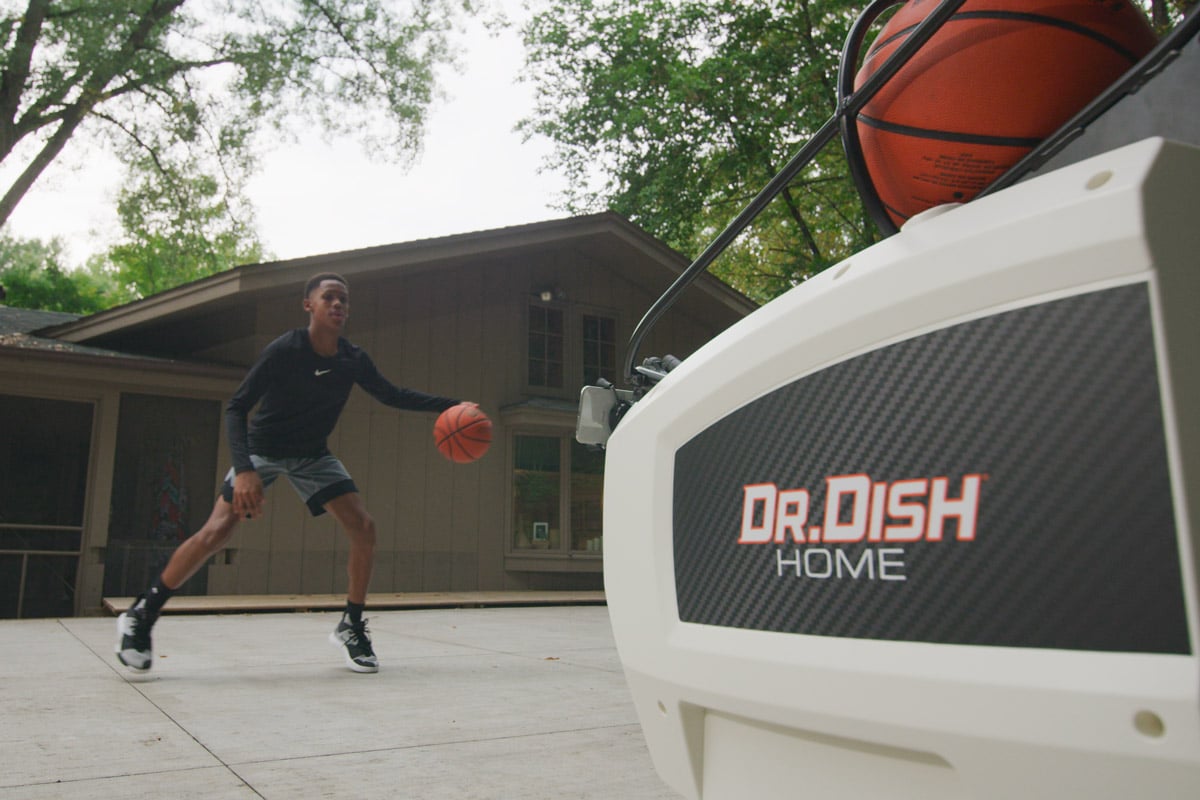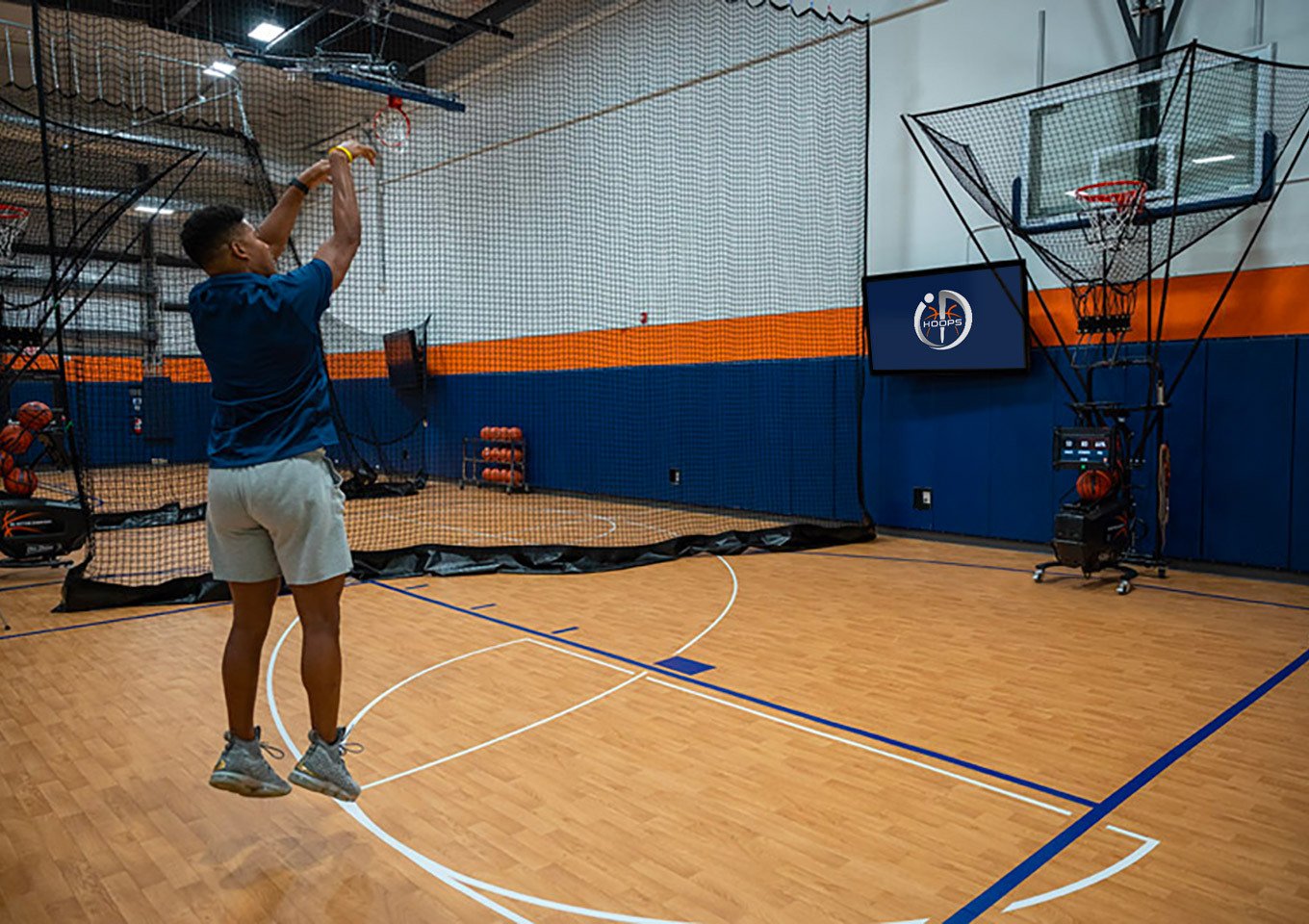What's the Right Training Frequency for My Child?
by Jefferson Mason, on May 30, 2025 1:51:41 PM
As a parent of a young basketball player, you’ve probably asked yourself: How much training is too much? Should my child be doing what elite athletes are doing? How can I keep them motivated without pushing too hard?
These are common and important questions—and the answers lie in finding the right balance.
In this post, we’ll break down what a well-rounded and sustainable basketball off-season looks like for youth players, including:
- How to train without burnout
- What top athletes do vs. what’s realistic for your child
- Blending structured workouts with unstructured play
- Developing shooting, dribbling, and game IQ together
Setting Realistic Expectations
Most kids who play basketball want to be great. They want to improve, compete, and enjoy the game. But growth doesn’t happen all at once—and if training isn’t managed properly, it can lead to burnout, frustration, and even resentment toward the sport.
That’s where you, the parent, play a crucial role.
It starts with understanding your child’s current level. If they’re new to the game, begin by teaching them the language of basketball—positions, basic movements, and simple drills that build foundational skills. Focus on one or two key elements at a time, and celebrate small wins along the way.
Remember: just because some elite athletes are training like pros doesn’t mean your child should be. That level comes later—after years of consistent development, not at the very beginning.
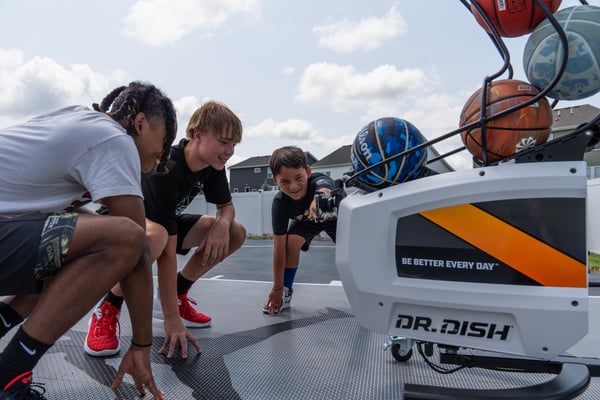
The Power of Unstructured Play
One of the best things you can do for your young hooper? Let them play.
Unstructured play—like shooting around in the driveway, playing pickup at the park, or hooping at recess—builds a love for the game that structured drills can’t always provide. It’s where creativity, passion, and self-motivation start to form.
Let them explore the game on their own terms. When they fall in love with it, they’ll want to train, compete, and improve.
The Role of Structured Training
Of course, skill development still matters. But structured training should go beyond repetition—it should teach players how to think the game.
That means helping them understand not just how to do something (like a crossover or a step-back jumper), but why to use it in certain game situations.
As a coach, I always tell players: “Learn to play the game, not just run the drills.” Smart players become impactful players. So when working on drills with your child, take a few moments to explain the why behind the reps. You’ll be surprised how much faster their IQ and confidence grow.
Keeping Training Fun, Motivating, and Measurable
Motivation is key—and one of the best ways to keep players engaged is by helping them see their progress.
Tools like the Dr. Dish Home can be game-changers for keeping young athletes focused and fired up. With access to 250+ interactive drills and the ability to set personal goals, track stats, and measure improvement, players stay motivated through structured yet fun training.
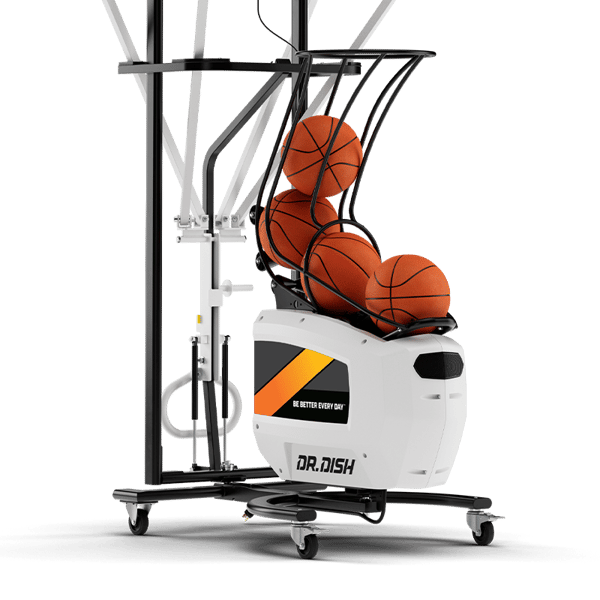
It’s the perfect way to blend accountability, skill development, and joy all in one.
Looking for More Helpful Insight for the Off-Season?
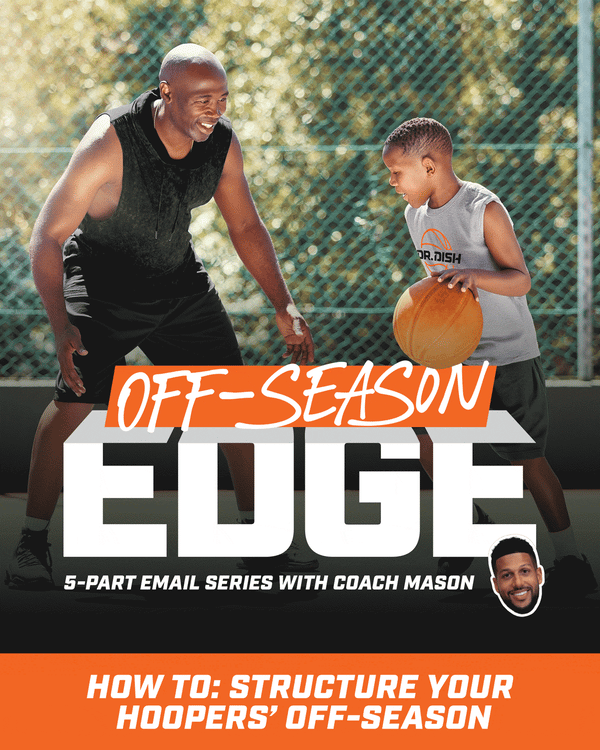
Sign-up for our 5-part parent email series that is completly FREE! You'll get more insight into topics like burnout, off-season development, training plans, and much more. all we need from you is an email to start ⬇️
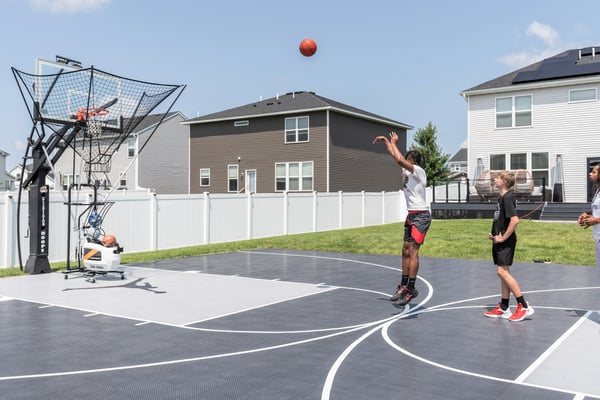
Not every player will follow the path of a future pro—but every young athlete can become the best version of themselves with the right guidance, mindset, and balance. Focus on small wins, foster a love for the game, and build from there.



